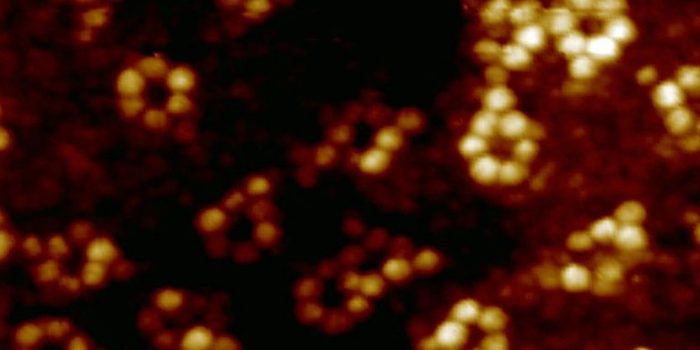In a groundbreaking achievement, scientists have successfully captured an image of a single atom using X-rays, a feat that was previously unattainable.
The remarkable findings, published in the esteemed journal Nature, highlight the transformative advantages of this new technique over existing methods. By employing synchrotron X-ray scanning tunneling microscopy (SX-STM), researchers can now discern the composition and chemical state of individual atoms, paving the way for unprecedented advancements in materials analysis and manipulation.
Traditionally, scanning probe microscopes have been employed to visualize atoms. However, without the use of X-rays, it was impossible to determine the elemental makeup of these atoms.

“Atoms can be routinely imaged with scanning probe microscopes, but without X-rays, one cannot tell what they are made of,” Sai Wai Hla, co-author of the study and a physicist at Ohio University and the Argonne National Laboratory, noted.
By leveraging X-rays, scientists can now detect the specific type of atom at an individual level, enabling simultaneous measurement of its chemical state. This breakthrough enables researchers to trace materials down to the remarkable precision of just one atom.
Previously, X-ray imaging techniques were only capable of targeting large groups of approximately 10,000 atoms or more due to the inherent weakness of the X-ray signal emitted by a single atom. Overcoming this challenge required the integration of synchrotron X-ray scanning and scanning tunneling microscopy (STM), leading to the development of SX-STM.
This innovative technique combines X-ray imaging with a specialized microscope that utilizes an exquisitely fine conducting tip, which allows for the imaging of atomic surfaces by tunneling electrons excited by the X-rays. The resulting electron spectra possess unique characteristics akin to elemental “fingerprints,” facilitating precise identification of the atoms being analyzed.

The convergence of synchrotron X-ray scanning and STM has proven to be a formidable task, with Hla and his team dedicating twelve years to perfecting their methodology. In their recent study, the researchers utilized SX-STM to image an iron atom and a terbium atom within a molecular host, successfully detecting the distinct chemical states of both atoms.
“By comparing the chemical states of an iron atom and a terbium atom inside respective molecular hosts, we find that the terbium atom, a rare-earth metal, is rather isolated and does not change its chemical state, while the iron atom strongly interacts with its surroundings,” Hla said.
This remarkable capability to discern individual chemical states could revolutionize scientists’ ability to manipulate atoms within host molecules, unlocking a vast array of possibilities.
“This discovery will transform the world,” said Hla, emphasizing the immense significance of this achievement in advancing our understanding of the microscopic realm.


